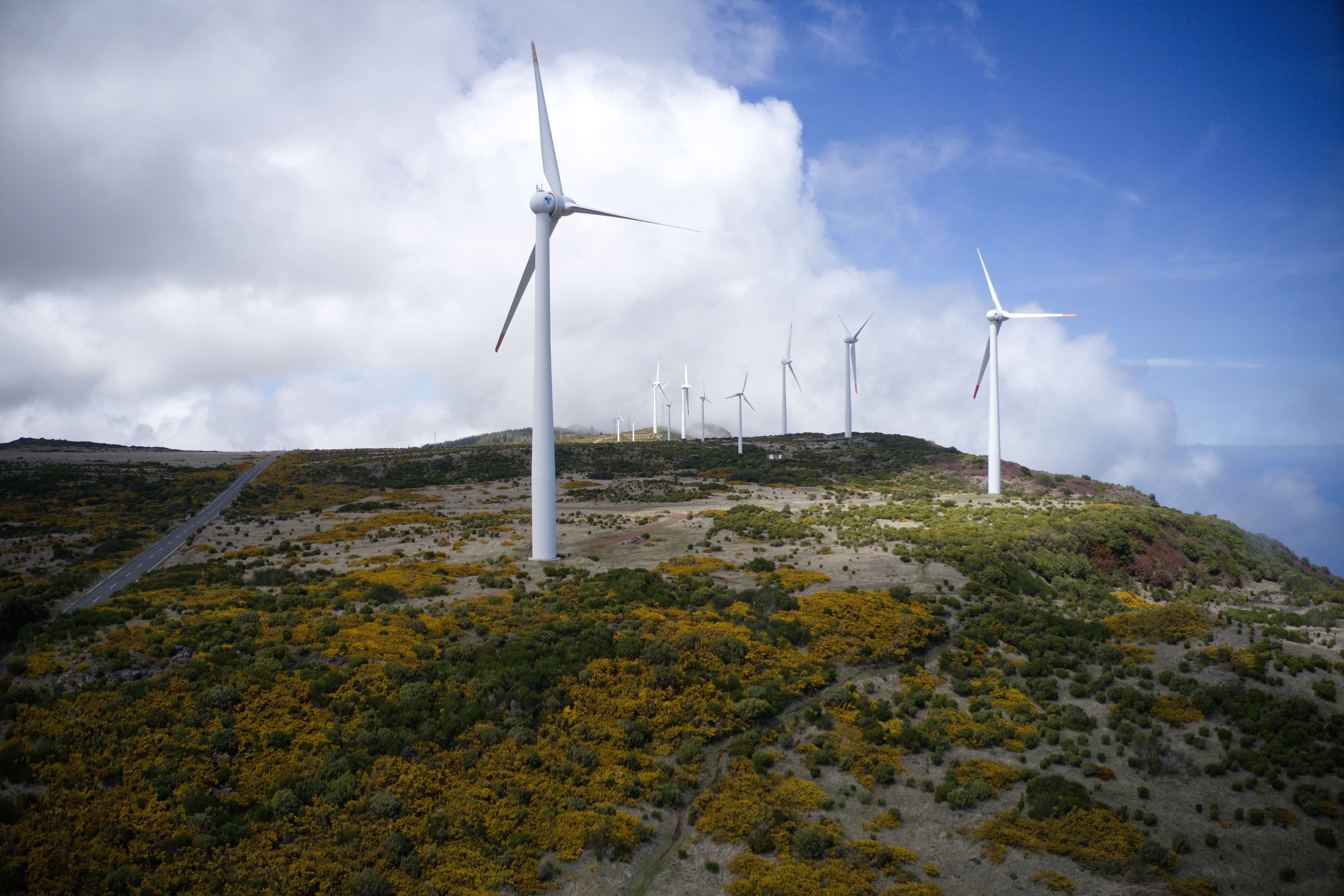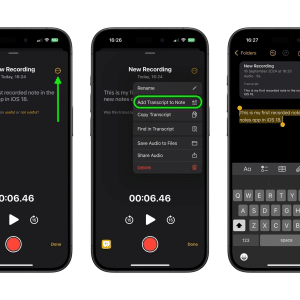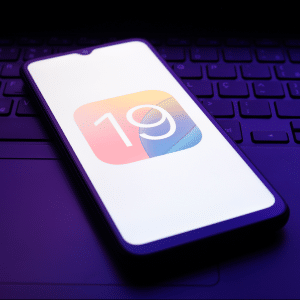“Truly innovative products leave their mark on the world instead of the planet,” Apple proudly states on its website.
It’s a big claim for a company that produces millions of iPhones, iPads, MacBooks and other technology products that, in the majority of cases, are used only for a year or two before they’re discarded for the latest model.
Indeed, Apple has built its business on “newness” and innovating its products from the ground up every year, whether that’s a major new development like the introduction of Face ID or something as simple as a new color option for iPad or iPod Touch.
And whilst it’s easy to criticize Apple for its approach to throwaway technology, the company has made great strides in recent years to clean up its act, most notably by investing in green energy projects around the world.
The company has more than 30 operational renewable energy projects globally, with 626 megawatts of generation capacity and 286 megawatts of solar PV generation to boot.
What’s more, Apple confirmed towards the end of 2018 that every touchpoint – from retail stores to servers – is now powered by 100% renewable energy.
And that’s not a new thing – Apple has been powering its data centers with 100% renewable energy since 2014, and since 2011, the firm’s renewable energy projects have reduced greenhouse gas emissions (CO2e) by 54 percent from its facilities worldwide and prevented nearly 2.1 million metric tons of CO2e from entering the atmosphere.
Apple’s latest venture is called the China Clean Energy Fund, a first-of-its-kind investment fund in China that connects suppliers with renewable energy projects.
Apple and ten of its Chinese suppliers have promised to invest an eye-watering $300 million by 2022 to develop projects totaling 1 gigawatt of renewable energy, with three wind farms in Hunan and Hubei already able to generate approximately one-tenth of the anticipated overall project total.
Lisa Jackson, Apple’s vice president of Environment, Policy and Social Initiatives, said that seeing the project completed was “really exciting” and that Apple was “proud that suppliers participating in the fund share our commitment to supporting innovative energy solutions, cutting emissions and fighting climate change.”
At a time when the company is facing significant trade challenges with China, it’s great to see that its commitment to the environment stands head and shoulders above its profit margins, putting the planet and its customers first.
Apple launched the Supplier Clean Energy Program in 2015, and new initiatives including the China Clean Energy Fund have helped to reshape Apple’s power supply and create a cleaner production across every aspect.
Globally, Apple and its suppliers are expected to generate more than 4 gigawatts of clean energy worldwide by 2020, which will cover around a third of the electricity needed for Apple’s global manufacturers and suppliers.
Of course, there’s still a long way to go, and Lisa Jackon has said she is “confident these programs can be used as a model globally to achieve the goal of 100% clean energy” and that “projects in China show what’s possible when companies, governments, and innovators come together to address climate change,” signaling major leaps forward for the world’s greatest tech giant.
Making its partners greener
As well as putting its money where its mouth is and investing in green energy projects, Apple is increasingly putting the onus on suppliers, forcing them to do their bit.
Lisa Jackson explained to Fast Company how Apple was helping partners transition to renewable energy.
One of their biggest commitments was to ensure that even the facilities it doesn’t own or operate have access to “the same high-quality clean energy that we did,” adding that Apple “needed to be able to work with suppliers on kind of short notice to put money into a fund and almost pool their buying power.”
Introducing a series of new funds has helped its suppliers navigate things such as regulatory requirements, demonstrating that Apple’s commitment to renewable energy goes much farther than handing out cash incentives.
“We created a web portal, which sounds like a little thing, but there aren’t that many places where small or medium-sized businesses can go and get the information from a trusted source to show them how to do clean energy and do it the right way and ensure that they get quality clean energy that’s going to be put on the grid, so it actually makes a difference,” Lisa said during her interview.
She also commented on the finances of the project, adding that Apple doesn’t “want it to be done where it’s a loss, or where it feels like it’s something you do as a charity because that’s not sustainable. We know the opportunities in clean energy right now are such that clean energy is cheaper in many, many places than traditional grid power.”
What’s particularly exciting about Apple’s environmental policy is Lisa herself, with the VP showing passion and determination for change.
“We don’t have to resign ourselves to a climate catastrophe,” she said during a talk at the World Economic Forum in late September. “That’s true if, and only if, we act now. It’s true if every one of us commits to doing the absolute most we can in our own spheres and joins forces to advocate for smart, strong public policy at every level. It’s taken a long time for us to get here, but I believe humanity is at an inflection point.”













